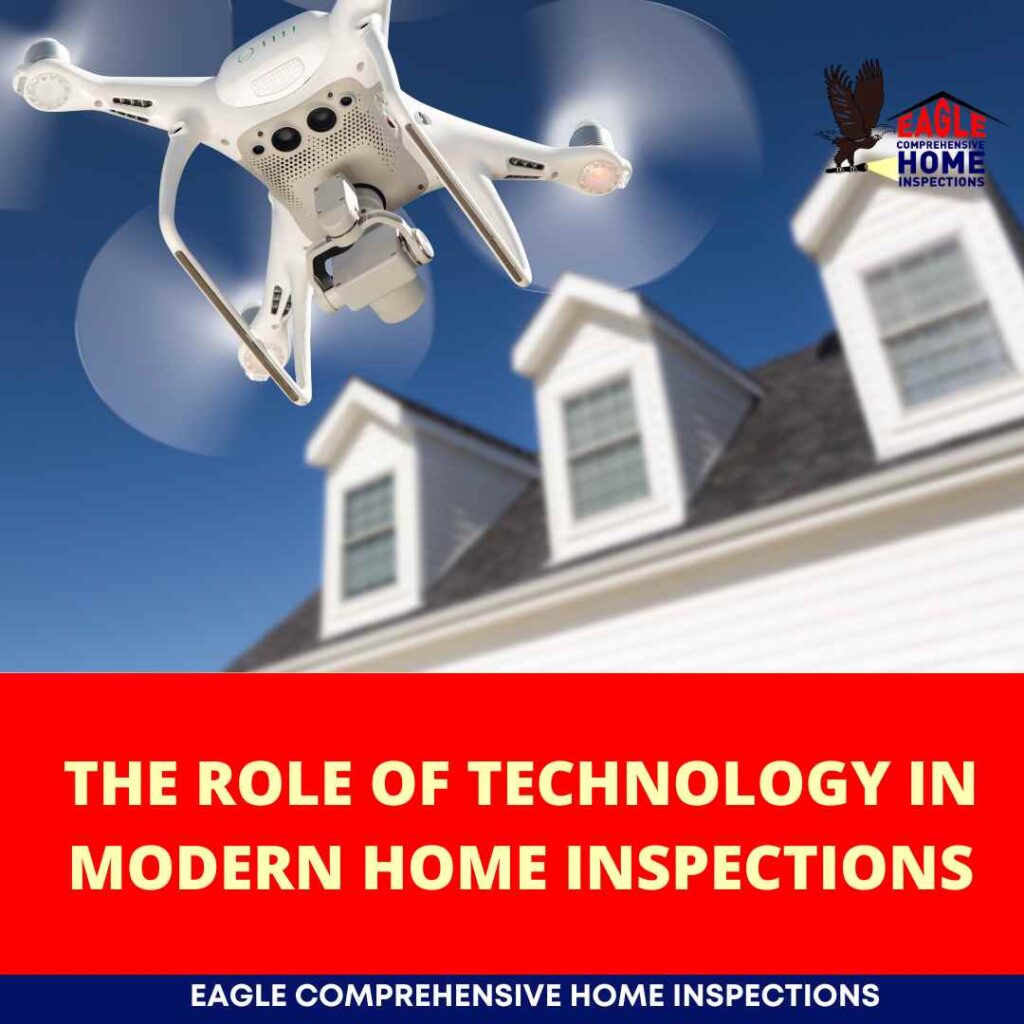Technology has had a profound impact on the home inspection industry in recent years. New tools and technologies have made it possible for inspectors to perform more thorough and accurate inspections in a shorter amount of time.
Some of the most common technological tools used in home inspections today include:
- Infrared cameras: These cameras can detect hidden moisture and heat loss, which can be signs of serious problems.
- Drones: Drones can be used to inspect hard-to-reach areas, such as the roof and gutters.
- Remote inspection software: This software allows inspectors to share inspection reports and photos with clients in real time.
- 3D scanners: These scanners can create detailed models of a home, which can be used to identify potential problems.
The use of technology in home inspections has a number of benefits, including:
- Increased accuracy: Technology can help inspectors to identify problems that would otherwise go unnoticed.
- Improved efficiency: Technology can help inspectors to complete inspections more quickly and easily.
- Increased transparency: Technology can help to make the home inspection process more transparent for clients.
However, there are also some potential drawbacks to the use of technology in home inspections, including:
- Cost: Technology can be expensive, which can drive up the cost of home inspections.
- Complexity: Some technological tools can be complex to use, which can require additional training for inspectors.
- Privacy concerns: The use of cameras and drones can raise privacy concerns for some homeowners.
Overall, the use of technology in home inspections has a number of benefits that outweigh the drawbacks. Technology can help inspectors to provide more accurate and efficient inspections, which can help buyers and sellers to make informed decisions about a property.
In addition to the tools and technologies mentioned above, there are a number of other ways that technology is being used in home inspections today. For example, some inspectors are using virtual reality (VR) to allow clients to experience a home inspection from the comfort of their own home. Others are using artificial intelligence (AI) to help them identify potential problems.
As technology continues to evolve, it is likely that we will see even more innovative ways to use technology in home inspections in the future. This will help to ensure that home inspections remain a valuable tool for buyers and sellers, even as the real estate market continues to change.
Here are some additional thoughts on the role of technology in modern home inspections:
- Technology can help to level the playing field between buyers and sellers. In the past, buyers may have been at a disadvantage because they did not have the same level of expertise as sellers. However, technology can help buyers to learn more about a property and to identify potential problems.
- Technology can help to make home inspections more accessible. In the past, home inspections may have been too expensive or time-consuming for some people. However, technology can help to make home inspections more affordable and convenient.
- Technology can help to improve the quality of home inspections. In the past, home inspections may have been subjective and based on the inspector’s experience and expertise. However, technology can help to make home inspections more objective and accurate.
Key Takeaway
Overall, the use of technology in modern home inspections is a positive development. Technology can help to make home inspections more accurate, efficient, and accessible. This can help buyers and sellers to make informed decisions about a property and to protect their investment.

